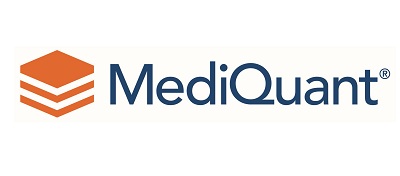A TSA stipulates a very short deadline for archiving.
A buyer believes archiving is simple so they leave it to the end.
A seller is not meeting data delivery deadlines.
Remember that “You Want it When?” sign with laughing cartoon characters? For us, that characterization couldn’t be further from reality. When customers hit bumps in the road, we move heaven and earth to make things happen. But the road to success is often paved with stress – and it doesn’t have to be.
Mergers and acquisitions are responsible for much of the heavy lifting in data archiving. As stipulated in the TSA (Transitional Service Agreement), the acquiring hospital system has a limited time to move massive amounts of the divesting hospital system’s data into their Health Information System (HIS). Only about four years’ worth of data are converted to the HIS and the rest must be archived. In most cases, that legacy data is coming from multiple sources. Some of it could move to passive archives, but much needs to move to active archives where it could be easily accessed.
The onus is mainly on the acquiring hospital to get the job done or suffer financial consequences. And since typically, their primary focus is going live on their HIS with the fresher data, legacy data archiving often takes a back seat.
Here is a GPS for circumventing M&A-related archiving headaches, based on lessons from the field.
Plan Ahead
Mapping out an archiving plan before the TSA is signed is the best way to get a handle on the scope of work and time commitment. Learn what is involved, including the process, challenges, timelines and the resources you will need to get the job done right the first time.
Know What Success Looks Like
- Establish the proper format for delivery that allows for easy archiving or conversion. Know the options for freeing up the data and making it clean and consumable wherever it ends up. Determine which data can be images and which must be discrete in another form.
- Take steps to assure access to financial and clinical data so regulatory and audits can be managed on day one. Know what needs to be available and the time it will take to extract for the system transition. Start with a wish list among stakeholders, then prioritize based on budgets and resources.
- Be ready to capture dollars from open revenue or billing. Determine if the buyer or seller will work down the AR, how long that will take, who gets the dollars, what it’s worth and which systems to use. Working within the source system helps dollar recovery but may not offer the best ROI.
- Decide how to archive old data in the best format for proper use of the systems you will manage – and bypass a rushed process and inappropriate extraction formats. Avoid wading through one giant PDF without discreet data and the risk of submitting a patient’s entire medical record when legally required to report a single record for one visit or incident.
Expect the Best, Plan for the Worst
A successful transition benefits not only the buyer but the seller. Sellers have to provide data and might face challenges or need to do the work twice if the data appears to be incorrect, incomplete or is in a format that is unusable. Proper planning and processes will help prevent major issues. Specifically:
- From the start, create a working team representative of archive end users – not just clinicians, but HIM, patient accounting and all other compliance and administrative personnel who will need the data for the longer run.
- Plan each phase to avoid an extension. Mitigate risks of circumstances beyond your control, such as systems failures at either facility, a community-wide power outage or a pandemic.
- Determine what data must be accessible and when and set realistic deadlines. Possibly change the workflow throughout the archiving process, educating users along the way.
- Develop separate timelines for archiving financial and clinical data. Negotiate a step-down approach during migration, as different systems may become unnecessary, while others need to be archived, backloaded or converted to work down an AR.
Lastly, when in doubt, get help from a professional. An archiving specialist or contract consultant can work with the archiving team to develop the most efficient approach and help make this a better and more successful experience for all.




















